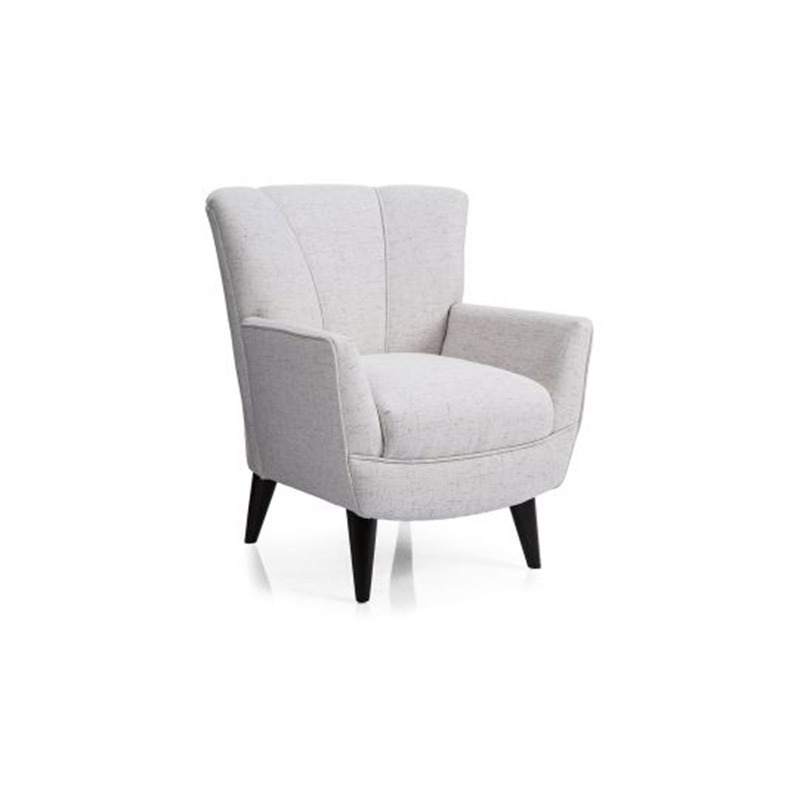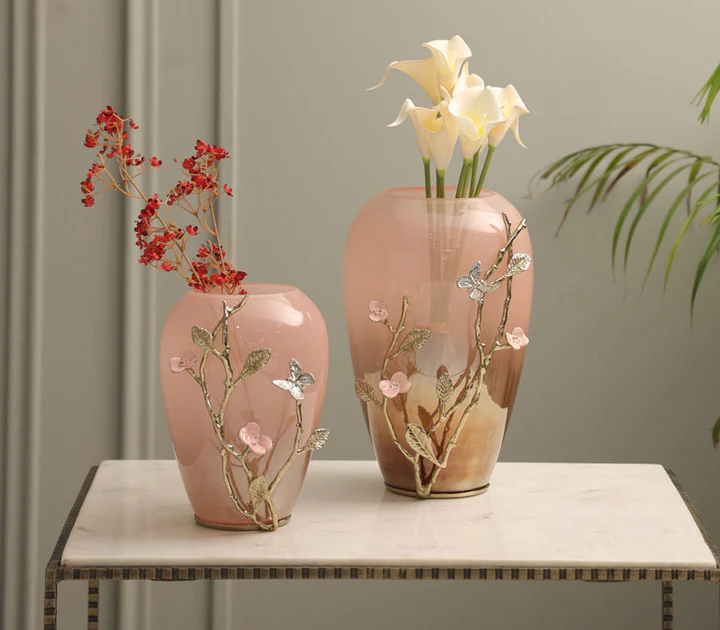Arranging furniture in your living room, bedroom, or any other space can be a fun yet challenging task. One of the key principles to creating a well-balanced and aesthetically pleasing room is to highlight a focal point. A focal point is the area in a room that draws the most attention. It could be a fireplace, a large window with a stunning view, a piece of artwork, or even a statement piece of furniture. This guide will walk you through the steps to effectively arranging furniture to highlight a focal point, ensuring your space is both functional and beautiful.
Understanding the Focal Point
Before diving into furniture arrangement, it’s crucial to identify and understand your room’s focal point. A focal point should naturally attract attention and set the tone for the room. Common focal points include:
- Fireplaces: Often the natural gathering spot in a living room, fireplaces exude warmth and coziness.
- Windows and Views: A large window with a breathtaking view can serve as an excellent focal point, bringing the outside in.
- Artwork and Wall Décor: A significant piece of artwork or an eye-catching wall décor can immediately capture attention.
- Televisions: In modern living spaces, televisions often become the focal point, especially in family rooms or entertainment areas.
- Architectural Features: Unique architectural details such as built-in bookshelves, alcoves, or arches can also serve as focal points.
Steps to Highlight the Focal Point with Furniture Arrangement
1. Identify the Focal Point
The first step is to clearly identify what the focal point in your room will be. Stand in different areas of the room and see what naturally draws your eye. This element will become the center of attention around which you will arrange your furniture.
2. Create a Layout Plan
Before moving any furniture, sketch a rough layout of your room. Include the location of windows, doors, and any architectural features. Mark the focal point on your plan. This visual guide will help you see the room’s flow and ensure your arrangement complements the focal point.
3. Arrange the Main Seating Area
The main seating area should be oriented towards the focal point. In a living room, this typically means placing the sofa or main seating piece facing the focal point. For instance:
- Fireplace: Position the sofa set directly facing the fireplace. If the room is large, you can add additional seating on either side of the fireplace to create a cozy conversation area.
- Television: Arrange seating to face the TV. Ensure there’s enough distance between the TV and the seating to allow for comfortable viewing.
- Windows: Place seating in a way that allows people to enjoy the view without blocking the window. Angled furniture can help achieve this balance.
4. Add Secondary Seating and Furniture
Once the main seating is in place, add secondary seating like armchairs, loveseats, or accent chairs. These should complement the main seating arrangement and also face the focal point. Secondary seating can be arranged at angles or perpendicular to the main seating to create a cohesive look.
5. Consider Traffic Flow
While arranging furniture to highlight the focal point, it’s essential to consider the room’s traffic flow. Ensure there is enough space for people to move around comfortably. Avoid blocking pathways with large furniture pieces. In larger rooms, create clear walkways that guide movement without disrupting the focal area.
6. Balance and Symmetry
Achieving balance and symmetry in your arrangement helps enhance the focal point. This doesn’t mean everything has to be perfectly symmetrical, but there should be a sense of visual harmony. For example, if you have a large sofa on one side of the room, balance it with two chairs on the opposite side. Symmetry can be particularly effective in rooms with a central focal point like a fireplace or a piece of artwork.
7. Use Rugs and Lighting
Rugs and lighting play crucial roles in drawing attention to the focal point. A well-placed area rug can define the seating area and direct the eye towards the focal point. Choose a rug that complements the room’s color scheme and place it under the main seating arrangement.
Lighting can highlight the focal point and create ambiance. Use a combination of overhead lighting, floor lamps, and table lamps to create layers of light. Accent lighting, such as spotlights or picture lights, can be used to illuminate artwork or architectural features.
8. Accessorize Thoughtfully
Accessories like throw pillows, blankets, and decorative objects should enhance the focal point, not compete with it. Use accessories to add texture, color, and personality to your room. Arrange accessories in groups of odd numbers for a more natural look.
9. Functional Considerations
While aesthetics are important, functionality should not be overlooked. Ensure the arrangement is comfortable and practical for daily use. For example, if the focal point is a television, ensure the seating arrangement allows for a clear view for all seats. If the focal point is a fireplace, make sure the seating area feels cozy and inviting.
10. Experiment and Adjust
Arranging furniture is not an exact science, and it often requires some experimentation. Don’t be afraid to try different layouts until you find the one that feels right. Move pieces around, step back, and assess the room from different angles. Sometimes, small adjustments can make a significant difference.
Example Layouts
Living Room with a Fireplace
- Place the sofa facing the fireplace.
- Add two armchairs on either side of the fireplace, angled towards the sofa.
- Place a coffee table in the center.
- Add a rug under the seating area.
- Use table lamps on side tables next to the sofa and chairs.
- Hang artwork or a mirror above the fireplace to draw the eye.
Living Room with a Large Window
- Position the sofa facing the window, but slightly angled to allow for the view.
- Place two chairs opposite the sofa, creating a conversational area.
- Add a coffee table in the center.
- Use a rug to define the seating area.
- Place a console table behind the sofa with decorative items.
- Use floor lamps to flank the window and highlight the view.
Living Room with a Television
- Position the sofa facing the TV.
- Add two chairs perpendicular to the sofa.
- Place a coffee table in the center.
- Use a rug to anchor the seating area.
- Add a media console under the TV.
- Use table lamps on side tables and a floor lamp next to the chairs for balanced lighting.
Conclusion
Arranging furniture to highlight a focal point is an art that combines aesthetics and functionality. By identifying your room’s focal point and thoughtfully arranging furniture around it, you can create a space that is both visually appealing and practical. Remember to consider the room’s layout, balance, traffic flow, and personal style. With a bit of planning and creativity, you can transform any room into a harmonious and inviting space that naturally draws attention to its most stunning features









